10 Things You Should Know About The Iconic Ford Mustang Boss 302
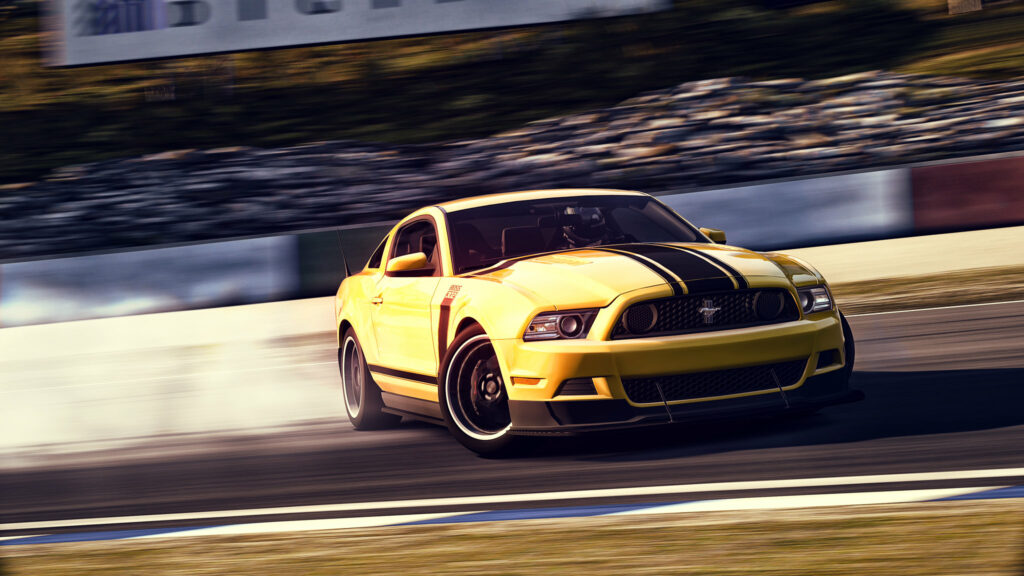
In the world of muscle cars, there was always one king. It has been there since the beginning and it set the benchmark for the rest cars to follow. Ford first produced the Mustang in 1964. It is one of the most iconic American cars of all time. It was with this car that Ford defined the class of “muscle cars”. Not long after the first Mustang was introduced to the public, Ford introduced the Boss 302 Mustang, which was a more powerful version of the 1964 Mustang and eventually became one of the most popular Mustang models of all time. After this model, another even more powerful variant came along with a 429 engine. But, let’s focus on the 329 Mustang for now and everything that you should know about it.
Ford Didn’t Produce A Lot Of Boss 302 Mustangs
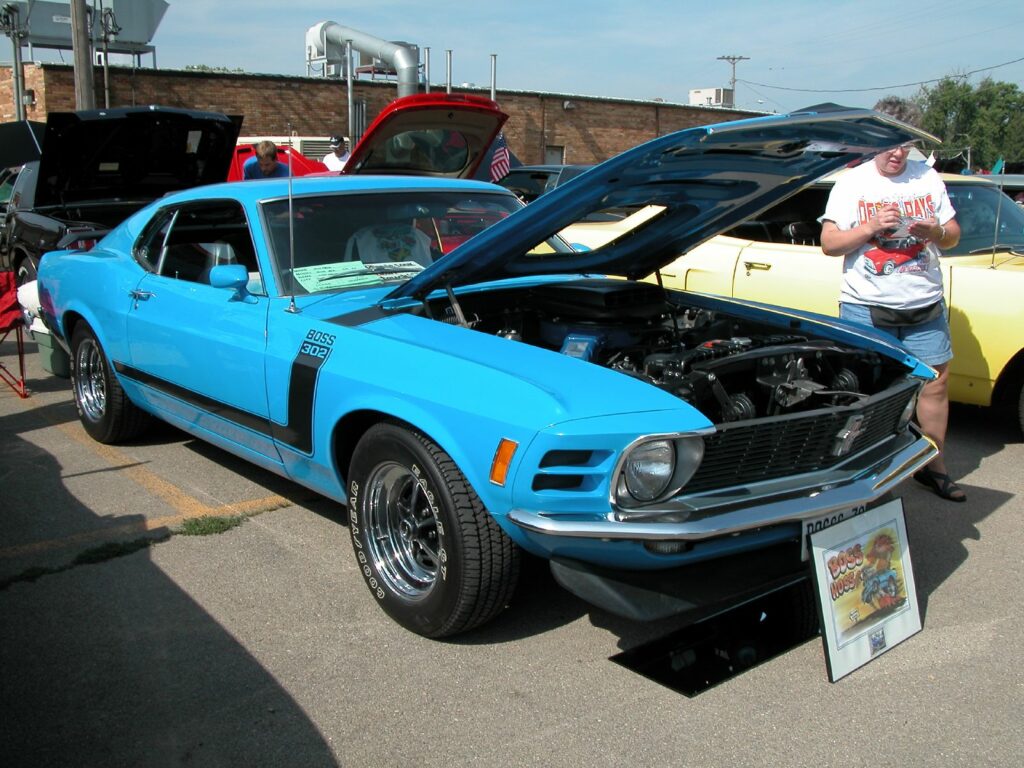
Being a fast edition of the Mustang, the 302 Boss was produced in limited numbers. These were fully stock as they came from the Ford factory and not from a tuner’s garage as it happens these days. This made it more special and unique and is a reason why the car is able to hold its value over time. Less than 7,000 copies of the Boss 302 left the Ford factory, justifying their desirability. A special edition of a special car. This gave the car the desirability that a company wants in order to keep its reputation and sales high.
Where Did The ‘302’ In The Moniker Come From?
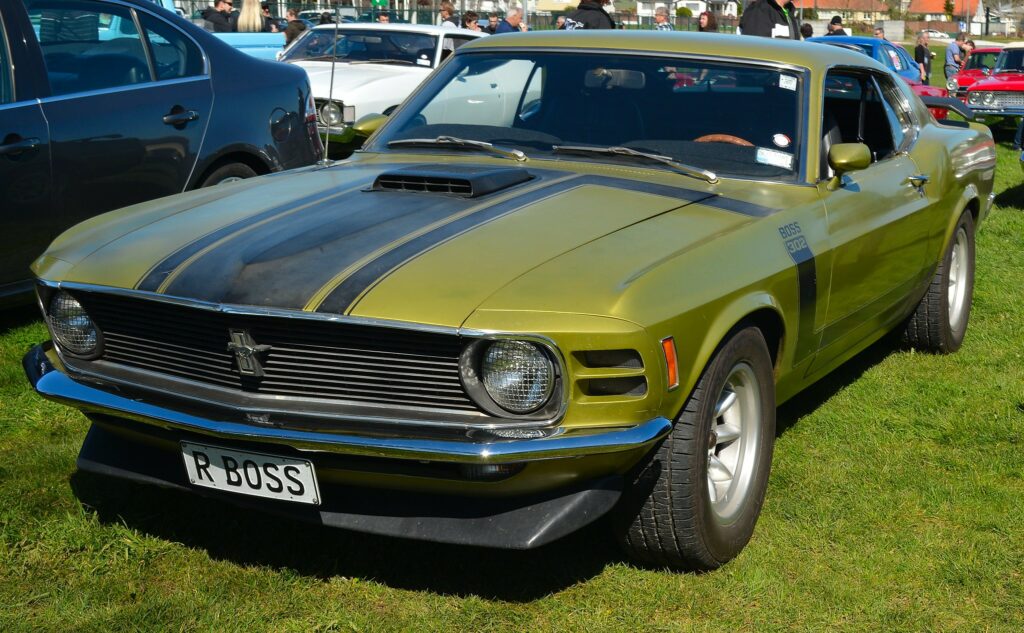
The NASCAR series made a big contribution to the build of this car and its name. The Boss 429 was racing on the SCCS’s Trans-Am series. In order for a factory to run with a car it needs to be homologated first. This is where the Boss 302 came in. The regulations of SCCA dictated that you can’t use an engine bigger than 305 cubic inches. Hence, Ford put a 302 cubic inch engine which was previously produced for the Camaro and put it on the Mustang. Having a 302 cubic inch engine, Ford made the decision to name the car after its engine displacement making it a bizarre but rather cool connection.
It Won The 1970 SCCS Trans-Am Racing Series
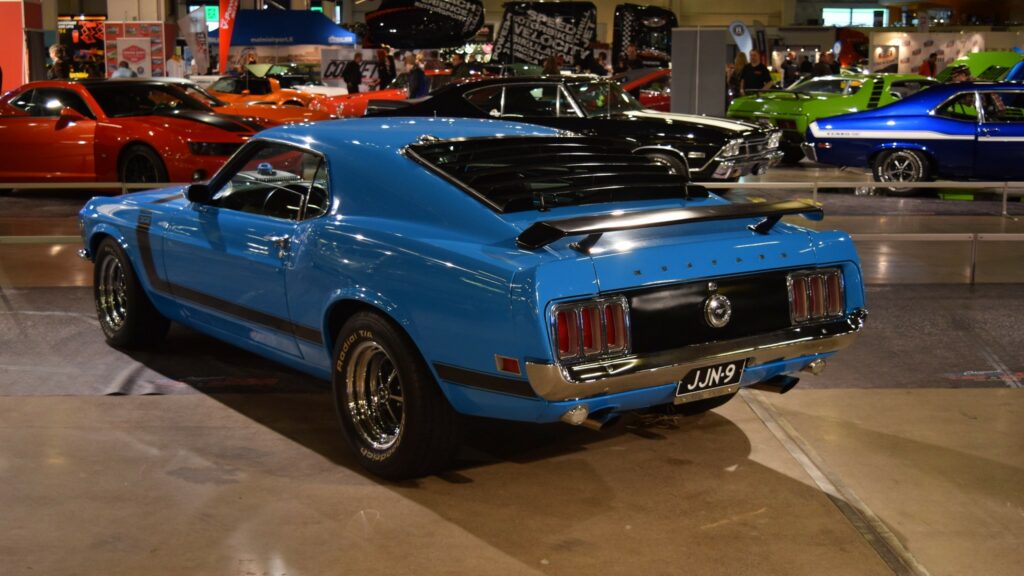
Ford had to go up against the rivals of the SCCS Trans-Am racing series with something that could take down the Chevrolet Z/28. Ford took part in the 1969 race, but didn’t win, although it was close. The Ford team, after that loss, realized its weak point against the Chevy team and got better at organizing and being efficient during the pit stops. The next year (1970) with Parnelli Jones at the wheel, Ford won the SCCS Trans Am Championship. Despite this win, Ford decided to cancel the Boss 302 program.
It Boasted Exhilarating Looks
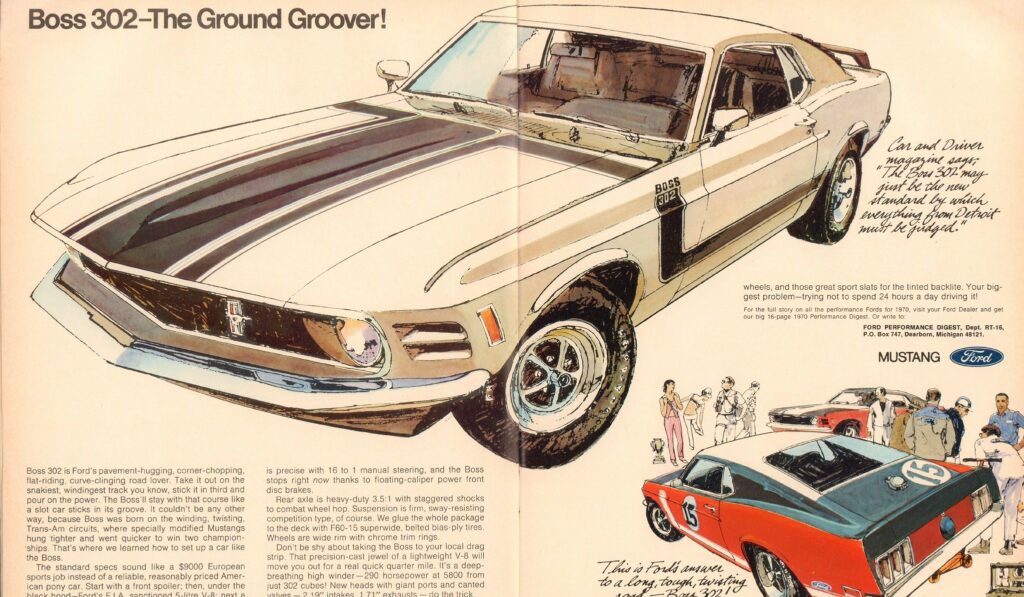
he Boss 302 Mustang is a special car, so it had to look like one. The need for drool-worthy external looks was covered by a fiberglass front end with a combination loop bumper/grille which increased the car’s overall length by three inches. The hood also featured five air intakes adding up to the aggressive style. But Ford didn’t stop there. It wanted to make everyone aware that this is not an ordinary Ford Mustang, so it added a black stripe that started from the front of the hood, and continued all the way to the side of the car ending at the rear fender. On the side of the front fenders, you had “Boss 302” written.
It Was All About The 302 CID Engine
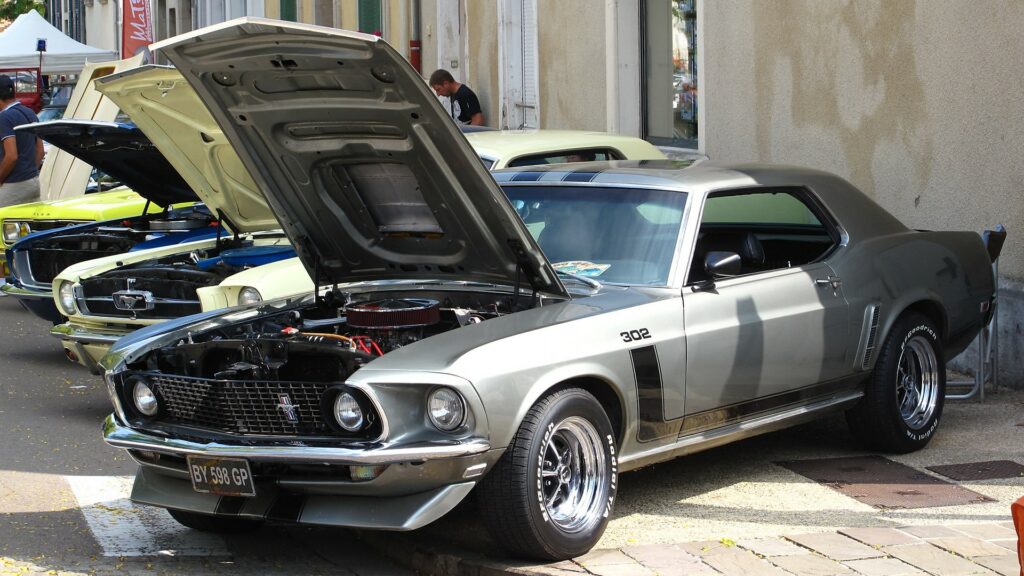
One of the trademarks of the Boss 302 was its engine. Being a muscle car, there was no question that it had to have a V-8 under the hood. Ford honored this attribute by putting the 302 CID engine which had a displacement of 5.0 liters. It was naturally aspirated V-8 with a 90-degree crankshaft angle. It was a single-cam layout and made 290 horses at 5800 rpm, giving enough room for even higher revs as the engine revved a little over 7,000 rpm. It also made 290 pound-feet of torque.
The 302 Boss Was A Monster In Straight-line Sprints
The Boss 302 ended up rivaling the Camaro. The special Mustang came with a four-speed manual gearbox as the only option available. It was a close-ratio gearbox which made it easier for the driver to keep the car on the desired operating range of the engine making it more focused on driving thrills. The Boss 302 could sprint to 60 mph in just 6.9 secs and hit the quarter-mile distance in 14.1 seconds. The car could achieve a very decent 137 mph maximum speed. Adding to the rareness of this beast, only 1,934 were built for the year 1969 and 6,318 cars for 1970 with a retail price of $3,720.
It Came With Impressive Driving Dynamics
Although the engine wasn’t the most powerful of its kind, the suspension setup and the tire combination surprisingly made it a great handler. It featured Goodyear F60-15 polyglas tires that were eight inches wide. The tires were so wide that the standard body of the Mustang couldn’t accommodate them and Ford had to make some special front and rear fenders. This, obviously, added to the more aggressive style of the car. However, the wider tires demanded a tweak in the front suspension with offset wheels for the tires to avoid clashing with the car during cornering.
The Upgraded Suspension Deserves A Special Mention
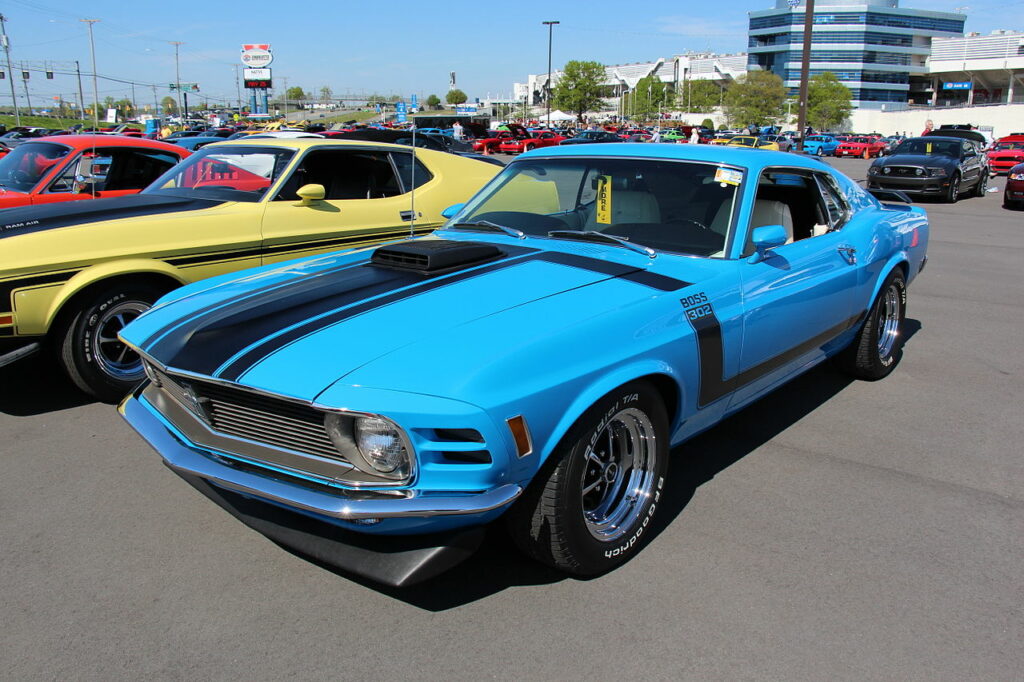
Ford wanted to address the over-steering feel of the car to make it fun-to-drive. The rear leaf springs were stiffer, not leaving much room for weight transfer, while the front springs were softer and were combined with an anti-sway bar. This brought the weight distribution to 55:45 at the front and rear. All these things helped the Boss 302 Mustang to oversteer less and have a more driver-focused attitude. An interesting fact: the 429 was initially planned to be a mid-engined car with an ideal 50-50 weight distribution.
The Boss’ 302 Has A Big Brother – The Boss 429
The 1969 Boss 302 had a bigger brother that was made the same year – the 429. It was with this car that Ford managed to homologate, and it came with the 429 V-8 for the Nascar series. Although the homologation regulations stated that the company had to make 500 of them, Ford produced 1,359 copies of the 429 Boss as it was a good opportunity to put its new 358 engine to test. The 358 engine was a 7.0-liter V-8 that produced 375 horses and 450 pound-feet of torque on its stock version. One fascinating fact about the 429 is that the first 50 that left the Ford factory were made by hand, which made them extremely valuable for collectors all over the world.
The Boss 302 Was Revived In 2012!
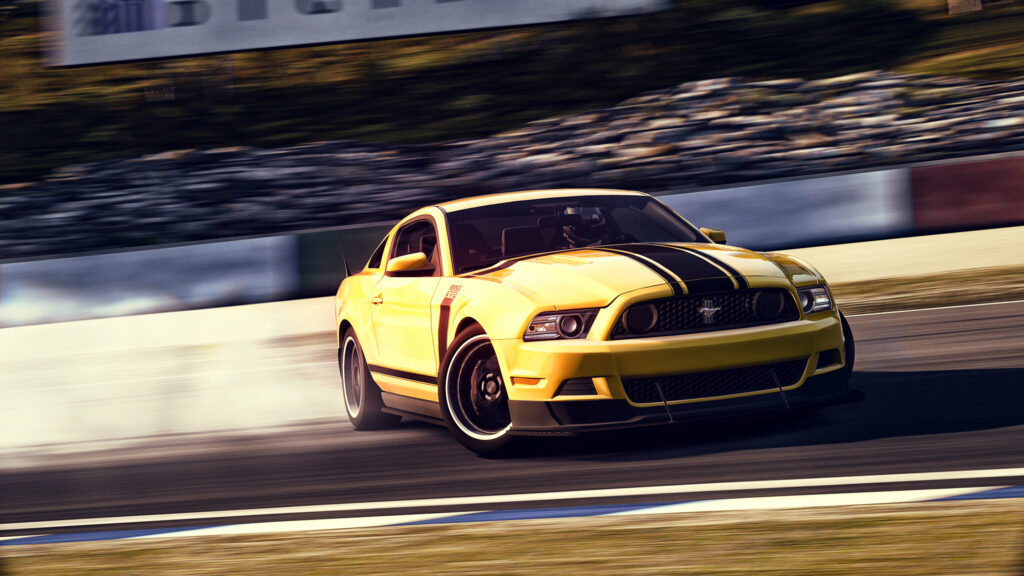
Ford decided to revive the Boss 302 Mustang in 2012 with a special car again that had the 302 cubic inch engine. It was based on the fifth-generation Mustang. It had a Coyote V-8 engine that had the nickname” Road Runner”. Taking advantage of the technology evolution it enhanced things like a limited-slip differential on the rear axle as well as a six-speed MT-82 manual transmission. It also featured a quad exhaust system giving the car a more sporty look. Ford only produced 4,000 of these cars, making the model rare and unique like its predecessor.
